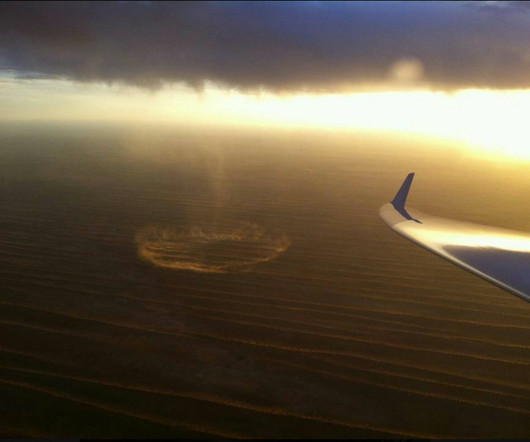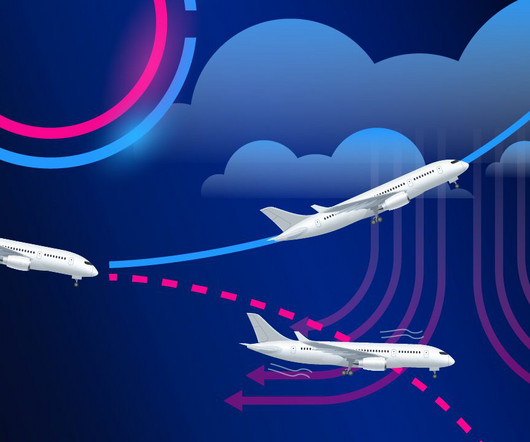Are Dry Microbursts Really An Invisible Trap? – Responding to Reactions
Chess In the Air
JULY 4, 2022
Considering the delay in the AWOS reporting, it may also be helpful to proactively use the radio to ask anyone on the ground for the current winds (e.g. Microbursts are not the only source of severe wind-shear close to the ground. Sudden and very powerful surface winds can have various other causes. the local FBO).











Let's personalize your content